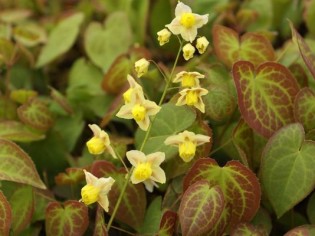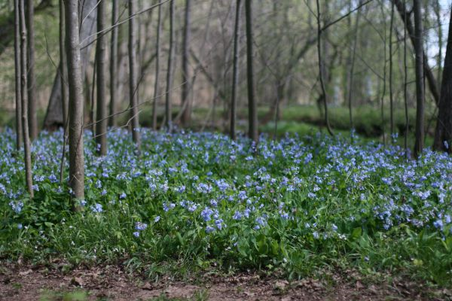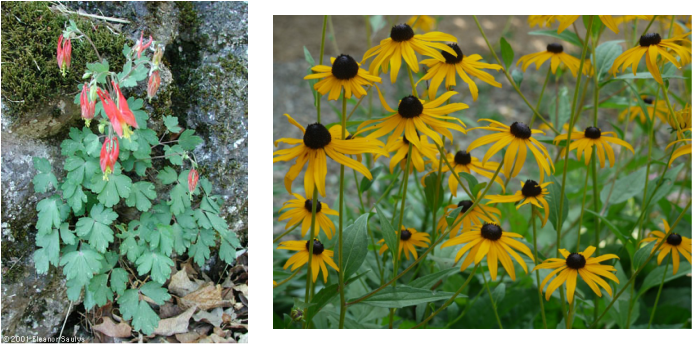|
Dawn Szelc LDG Secretary / Clear Blue Landscapes Karen Rexrode was our speaker for the March meeting of the Landscape Designer’s Group. She is well known in the area for her horticulture experience and vast knowledge of perennial plants. Karen was introduced by Barbara Katz who described her past experience – owner of the Windy Hill perennial nursery near Middleburg for many years, and after closing that maintaining the grounds of Oak Hill estate in Aldie, VA. She also works during the weekends at Merrifield’s Garden Center in Fairfax, VA. Karen has 40 years of experience in the landscape and plants business. Karen highly recommended a book which is no longer in print, “Planting Design: Gardens in Space and Time” by Piet Oudolf and Noel Kingsbury as a reference for her talk. Karen’s presentation to the group was titled “Perennials with Personality”. The ideas she discussed were apparently not new but part of previous theories such as the Grimes Triangle and Oudolf’s Universal Adaptive Strategy Theory. The personalities are based on the plant’s growth and survival strategies. The first category is Stress Tolerators. She provided some information on the level of maintenance for each category, and these require about 11 min/m2/yr to maintain. These grow slow and have tough evergreen leaves or have small leaves and are physically tough. Finally they flow early rather than late. Because they grow slower they may need to be planted closer to deter weeds. Examples are hellebores, asarum, epimedium, candy tuft, and rhodea. Their personality is independent and determined! The next category is Stress Avoiders. These grow seasonally, often flowering early and producing a lot of foliage afterward. They have bulbous root systems, and long periods of dormancy. Some examples are eranthis, Virginia bluebells, Primula sieboldii (Japanese primrose), bloodroot and Anemone blanda. The personality of these plants is practical and idealistic. The third category is Ruderal or Pioneers, requiring 20 min/m2/yr for maintenance. Many of these are biennials with an average bloom time of 8 weeks. They are rapid growing plants that have showy flowers and flower over a long period. They produce large quantities of seed and die young. Examples of these would be money plant, poppies, Sedum pulchellum which is a native of Virginia and West Virginia, and Aquilegia Canadensis (shown below left) which move around a lot and morphs into other colors. These plants are risk takers and live for the moment. The fourth and final category is Competitors. These require 10 min/m2/yr of maintenance time. These plants tend to be tall and grow fast to occupy space. They are able to rapidly extend shoots sideways to occupy vacant space or drop seeds as they spread. They have large soft leaves and flower relatively late. If two competitors are planted together the tallest will win out. You can try cutting back competitors so they bloom at shorter lengths. Examples are rudbekias (shown above right), hemerocallis, aster, most salvias, and hardy geraniums. Their personality is assertive and outspoken. Karen’s beginning statements were that at the end of this we would see how obvious this all was and it would change our view of plant selection. This was certainly true for me and in part because Karen is a master of plant knowledge and education.
0 Comments
|
AuthorsLDG is a non-profit corporation dedicated to the exchange and enhancement of knowledge relevant to the landscape design profession. We are a group of professional designers in the metropolitan Washington, DC area. Membership is meant for students studying and professionals employed in landscape design or associated professions (i.e. arborists, installers, contractors, etc.). Archives
October 2023
CategoriesPast Newsletters can be found in the Members Only Section of the LDG Membership Connection. You must sign in to view these files.
Past Newsletters |
|
Search for a Landscape Designer in Your Area:
|



 RSS Feed
RSS Feed
